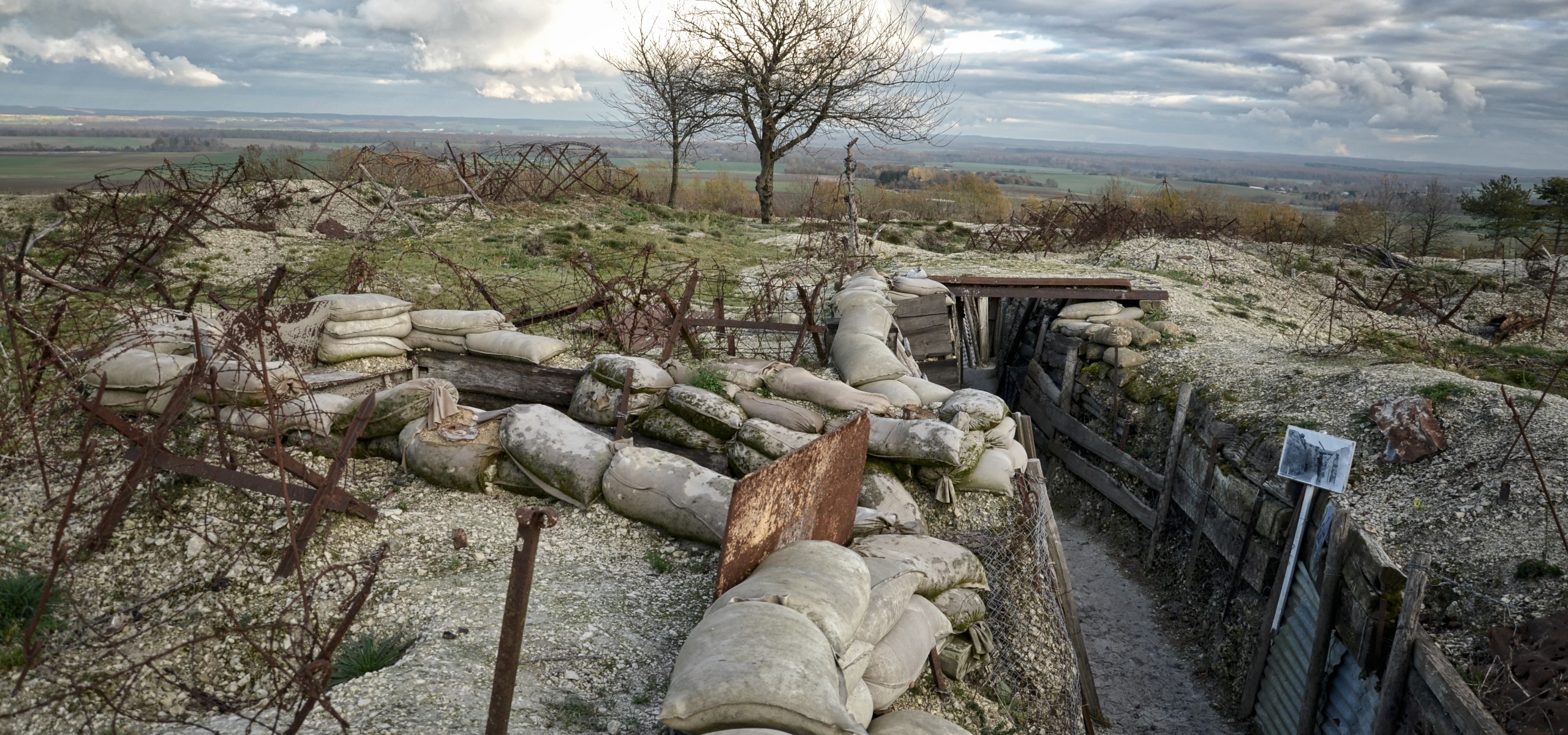WW1 Revisited
A Great War Journey with Paul Reed

Archives

Ovillers is a village on the Somme battlefields, taken by German troops in September 1914 and which later formed part of their defences in what would become Mash Valley on 1st July 1916; the First Day of the Battle of the Somme. The village was finally cleared more than a week later and during the winter of 1916/17 a cemetery was made here for casualties coming back from the front line between… Read More

This memorial to the Tank Corps commemorates their role in the Third Battle of Ypres but is part of a larger project to get a large scale replica of a First World War tank operational. The project has a fascinating blog that is worth reading and shows this framework tank replica going into place. Located on the road between St Julien – Vancouver Corner and Poelcapelle and while it appears to be… Read More

The First World War trenches at Main des Massiges have featured several times on this site recently and understandably so as they are among the most impressive anywhere on the Western Front. Here a local association has used experimental archaeology to recreate both French and German trenches from the early war period. This was an area that saw heavy fighting in 1915 including some of the earliest examples of war underground with… Read More

Hooge was a small hamlet on the Menin Road east of Ypres and the scene of fighting from the First Battle of Ypres in October 1914. By 1915 it was very much on the front line and saw the first use of flamethrowers against British troops in July 1915 and became an area of intensive mining activity beneath the Western Front. Hooge Crater Cemetery was a post-war burial ground and made by… Read More

On the road between Henencourt and Baizieux, south of the village of Warloy-Baillon, is the Moulin de Rolmont. Typical of those in the region it is a stone tower that in 1914 was a fully working and functioning windmill. In 1916 the windmill was well behind the lines in what was a rest area for the British Army, and close to a Royal Flying Corps aerodrome. It was photographed by official photographer John… Read More

Audregnies is a small village west of Mons, out on the far west flank of the British Expeditionary Force during the Battle of Mons in 1914. On the 24th August 1914 the largest cavalry action of 1914 took place here when 9th Lancers and 4th Dragoon Guards charged the German positions at the Audregnies sugar factory. Captain Francis Grenfell led the 9th Lancers into action at Audregnies and was later awarded a Victoria Cross… Read More

Today is the centenary of the Battle of Mons; after the fighting around the city the British Expeditionary Force withdrew and the famous Retreat From Mons began. It was the Germans and local Belgian civilians who buried the dead at Mons. At St Symphorien the Germans established a cemetery in an old lime quarry and buried their own dead, but honoured their enemy too – and gave the British soldiers a decent burial… Read More

A century ago today the Battle of Mons was raging in Belgium. The men of the British Expeditionary Force (BEF) were dug in along the Mons-Conde canal and the 4th Battalion Royal Fusiliers, a regular army battalion largely recruited in and around London, were defending two bridges over the canal. Sufficient explosives did not exist to blow them so their right flank was on a swing bring and their left on a… Read More

In the streets of Sarajevo on this day a hundred years ago the Serbian nationalist Gavrilo Princip stood up from beside a street cafe and emptied the contents of his automatic pistol into a car bearing Archduke Franz Ferdinand and his wife Sophie, killing them both. The outrage over the murder of the heir to the Austrian throne would bring about the conflict that became the Great War, and was the first… Read More
Comments on WW1 Revisited